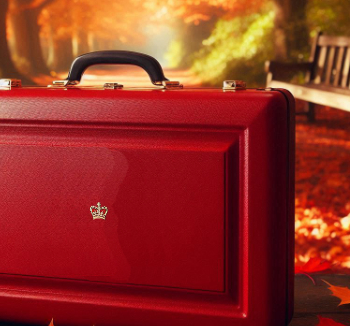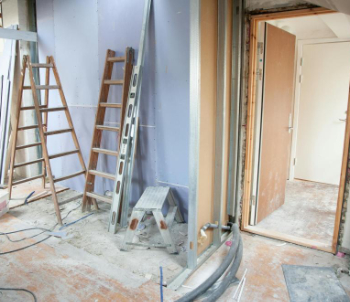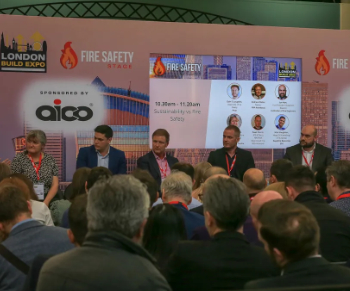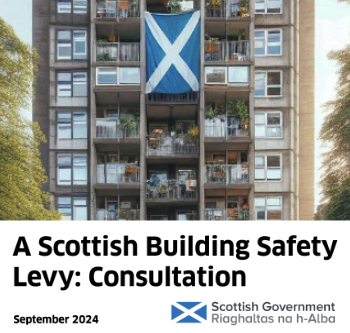Intumescent coatings in buildings
An intumescent is a substance that, when exposed to heat, increases in volume and decrease in density. Intumescent coatings are commonly used in passive fire protection. They are typically water-based, solvent-based or epoxy-based paint-like materials that expand when heated to form a ‘char’ which protects steel in the event of fire. This is important as steel softens at high temperatures, which can cause structural collapse. Steel can also be protected from fire by being encased in masonry, concrete or plasterboard,
Intumescent coatings can be categorised as either thin film or thick film.
Thin film coating systems tend to be either solvent- or water-based and can be used for fire protection in buildings with resistance requirements of 30, 60 and 90 minutes. They usually consist of three layers:
- Primer.
- Basecoat (the reactive component).
- Sealer coat.
The typical expansion ratio of a thin film is 50:1, meaning that a coating 1 mm thick will expand to approximately 50 mm when in contact with fire. The advantages of thin film are that both solvent and water-based coatings can achieve decorative and bespoke surface finishes, and can easily cover complex shapes.
Thick film coatings systems tend to be epoxy-based and have been modified for use in buildings having originally been developed for offshore and hydrocarbon industry applications where the test heating process is more stringent than that for industrial and commercial applications. The typical expansion ratio is much lower than thin film, usually 5:1.
Standardised fire tests must be carried out to certify intumescent coatings for steel construction. Technical standards such as BSI, ASTM and ISO provide details for individual building parts.
[edit] Related articles on Designing Buildings
- Cavity barrier.
- Cementitious fire protection.
- Concrete vs. steel.
- Finishes.
- Fire protection engineering.
- Fire resistance.
- Fire retardant.
- Fire safety design.
- Installing fire protection to structural steelwork (GG 85).
- Intumescent strip.
- Metal fabrication.
- Paints and coatings.
- Passive and reactive fire protection to structural steel (IP 6 12).
- Passive fire protection is a vital tool in any fire strategy.
- Substrate.
Featured articles and news
Considerate Constructors Scheme acquires Building A Safer Future
Acquisition defines a new era for safety in construction.
AT Awards evening 2024; the winners and finalists
Recognising professionals with outstanding achievements.
Reactions to the Autumn Budget announcement
And key elements of the quoted budget to rebuild Britain.
Chancellor of the Exchequer delivers Budget
Repairing, fixing, rebuilding, protecting and strengthening.
Expectation management in building design
Interest, management, occupant satisfaction and the performance gap.
Connecting conservation research and practice with IHBC
State of the art heritage research & practice and guidance.
Innovative Silica Safety Toolkit
Receives funding boost in memory of construction visionary.
Gentle density and the current context of planning changes
How should designers deliver it now as it appears in NPPF.
Sustainable Futures. Redefining Retrofit for Net Zero Living
More speakers confirmed for BSRIA Briefing 2024.
Making the most of urban land: Brownfield Passports
Policy paper in brief with industry responses welcomed.
The boundaries and networks of the Magonsæte.
London Build Fire and Security Expo
20-21 Nov and now with new Ambassador Programme..
The Scottish Building Safety Levy
Eight weeks of consultation closing on 18 November.
The grey, the brown and the golden rules of housing
shifting policies from the wild west of housing development.
Future proofing homes that are fit for purpose
Specification challenges and the role of plastic.
Thousands of new homes unlocked for brownfield sites
£68 million to 54 councils for neglected land into new homes.























